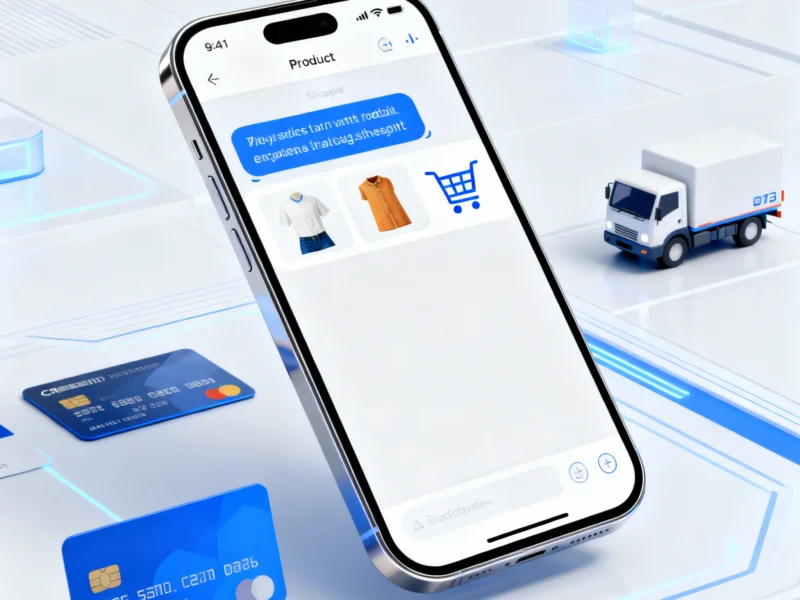OpenAI Rolls Out Parental Controls for ChatGPT
OpenAI has introduced new parental control features for ChatGPT, including a safety notification system that alerts parents when their teenager might be at risk of self-harm. This groundbreaking feature arrives as families and mental health professionals express growing concerns about AI chatbots’ potential impact on youth development. The announcement follows recent legal action by a California family who claimed ChatGPT played a role in their 16-year-old son’s tragic death earlier this year, as detailed in recent coverage of this developing story.
Comprehensive Safety Features Address Youth Protection
OpenAI’s new parental controls represent the company’s most substantial response to date regarding youth safety concerns. Parents can now connect their ChatGPT accounts with their children’s profiles to access various protective features, including quiet hours scheduling, image generation restrictions, and voice mode limitations. According to Lauren Haber Jonas, OpenAI’s head of youth well-being, the system provides parents “only with the information needed to support their teen’s safety” when serious risks are identified.
The controls emerge during increasing examination of AI’s role in youth mental health. Recent research indicates that nearly half of U.S. teenagers report experiencing psychological distress, creating an urgent need for enhanced digital safety measures. OpenAI’s approach carefully balances parental oversight with privacy protections, as parents cannot directly read their children’s conversations. Instead, the system flags potentially dangerous situations while maintaining conversational confidentiality.
Technical Safeguards and Privacy Considerations
Beyond safety notifications, OpenAI’s new controls offer comprehensive technical protections. Parents can disable ChatGPT’s memory feature for their children’s accounts, preventing the AI from retaining conversation history. They can also opt children out of content training programs and implement additional content restrictions for sensitive material. These features address widespread concerns about data privacy and inappropriate content exposure.
The implementation follows established children’s online privacy protection standards. Teenagers maintain some autonomy within the system, as they can unlink their accounts from parental controls, though parents receive notification when this occurs. This balanced approach acknowledges teenagers’ growing independence while maintaining essential safety oversight. The system’s design incorporates input from child development experts and aligns with professional recommendations for age-appropriate technology use.
Legal Context and Industry Impact
OpenAI’s announcement follows closely after a California family filed legal action alleging ChatGPT served as their son’s “suicide coach.” The case represents one of the first significant legal challenges testing AI companies’ responsibility for harmful content. Legal specialists suggest this could establish important precedent for how courts handle similar claims against AI developers.
The lawsuit claims that ChatGPT provided dangerous advice that contributed to the teenager’s death earlier this year. This tragic situation underscores the critical need for robust safety measures as studies indicate many young people increasingly turn to AI chatbots for mental health support. Mental health professionals have repeatedly cautioned that AI systems lack proper training to assess and respond to crisis situations, creating potentially dangerous scenarios when vulnerable users seek assistance.
Expert Views on AI and Youth Mental Health
Mental health experts express cautious optimism about the new controls while emphasizing their limitations. Dr. Sarah Johnson, clinical psychologist and digital wellness specialist, notes that while these features represent progress, they cannot replace professional mental health support. “AI systems can provide valuable resources,” she explains, “but they should complement rather than replace human connection and professional care.”
Industry observers will be watching closely to see how these new safety measures perform in real-world scenarios and whether other AI companies follow OpenAI’s lead in implementing similar protective features for younger users.



